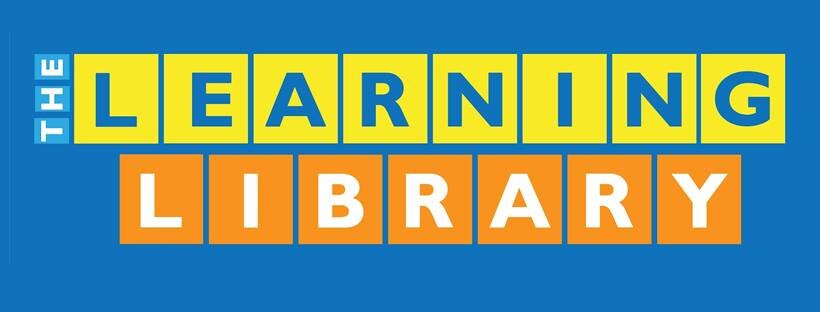At what age do kids learn to read?
By Mik Reyes
At what age do kids learn to read? Is my child delayed or behind if they can’t do so and so at this age? When should I be worried?
Since we began teaching reading in 2006, The Learning Library has heard this concern from hundreds of parents. Over the years, our reading coaches have shared knowledge to help set parents’ minds at ease.
What should I be helping them develop?
At the ages of 3 to 5 years old, children start to develop emergent reading skills that are critical to the development of their reading later on. These skills include
phonological awareness
alphabet knowledge
print awareness; and
oral language skills.
These are the ages where they become familiar with books, begin to recognize letters and the sounds attached to them, analyze or form their thoughts about a topic, and understand their oral language. At around 4 years old, they may start stringing letter sounds together and expressing a desire to start reading independently.
Generally, letter names and sounds should be explored at around 3 or 4 years of age, sometimes earlier or later depending on their exposure to books and learning materials. Age 5 is usually a good age for three letter words. Children then start to read short sentences at around age 6 to 7, where their reading fluency develops and they become more confident in reading printed text and reading aloud.
Is there such a thing as reading too early?
According to The Learning Library's long-time beginning reading teacher Ana Bautista, it is never too early to introduce your child to reading. As early as 1 or 2 years old, children can be exposed to reading as a bonding activity, preparing them to recognize letters, sounds, and words.
Exposing them to reading early on is especially beneficial because children attain a grasp of language even before they begin talking. When a child learns to communicate through sounds and gestures and is exposed to books for the first time, they are already reaching key child development milestones for reading.
When should I be worried?
Each child develops differently. Long-time reading teacher Jade Losaria says that in her 5 years at The Learning Library, her students have learned to read at varying paces. Some begin early on and are quicker to pick up on lessons, while others take time to develop fluency and confidence in reading — and that is perfectly fine!
Your child's pace when learning to read depends on many factors, including the established foundations from exposing them to reading at an early age. Teaching your child to read is also a collaborative effort between you, your home, and your child's educators, with the end goal of your child's literacy.
Some children have delays in reading simply because they have not been exposed to reading material earlier on, and thus still need to be familiarized with books, printed text, and verbal communication in preschool. However, it is always good to ask your pediatrician if you think your child may have a learning disability or speech delay, especially if your child cannot remember letters or blend sounds together even with explicit teaching.
How can parents help?
Caregivers may use alphabet cards, an alphabet board, alphabet blocks, or mix and match different strategies to familiarize your child with letters and their sounds. Teacher Ana advises creatively exposing them to letter names and sounds by choosing storybooks beginning with the letter you’d like to focus on, and sounding out the different words in the book that contain that letter. You may also use your child’s name to point out letters and practice their individual sounds.
Develop their listening comprehension even before they begin to read by asking them questions about the stories you are reading together — point to pictures, ask them about the characters, or ask them what they think about the story.
A child’s home literacy environment influences their reading development. Studies have shown that a child whose home provides greater opportunities for acquiring literacy skills is at a lesser risk for reading difficulties. The home literacy environment refers to a child’s
literacy-related interactions,
availability of instrumental learning materials; and
attitudes and values towards reading
Familiarity with listening and recognizing letters, sounds, and words in addition to a positive and supportive approach to reading will equip your child with the foundations they need in order to begin reading independently.
We can help
Our READING SAFARI and THE READING SAFARI are learner-centered, systematic, and developed by experts to aid in your child’s development in reading. By highlighting good literature and storytelling as a starting point for reading, The Learning Library has fostered the love for reading in thousands of students. To learn more about our programs, you may e-mail us at inquiry@learninglibraries.com or visit our website.
Sources:
http://teacher.scholastic.com/products/face/pdf/research-compendium/early-literacy.pdf
https://www.zerotothree.org/resources/1833-read-early-and-often
https://www.waterford.org/education/how-young-is-too-young-to-teach-reading/
https://www.readingrockets.org/article/reading-difficulties-and-home-literacy-environment
https://www.tandfonline.com/doi/full/10.1080/10888438.2016.1213266

